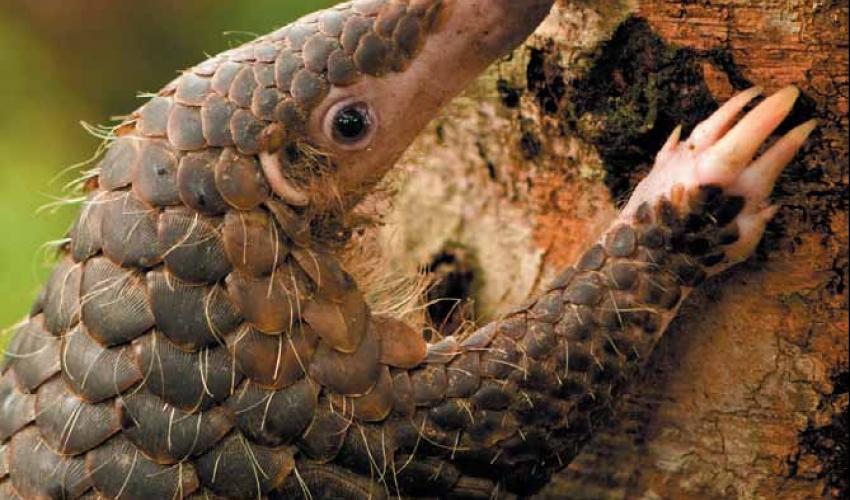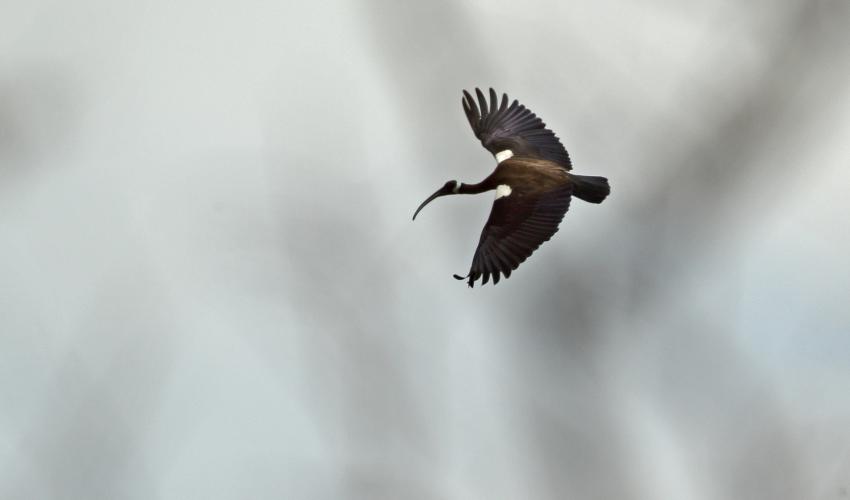CEPF and IUCN to announce a new call for proposals for the Indo-Burma Biodiversity Hotspot
Following the successful call for proposals in January 2021, the Critical Ecosystem Partnership Fund (CEPF) and IUCN are making preparations to announce the next call for proposals in the Indo-Burma Biodiversity Hotspot. Civil society organisations will be invited to submit Letters of Inquiry (LoIs) for projects that respond to two (2) Strategic Directions outlined in the CEPF Ecosystem Profile. These are Strategic Direction 4; Empower local communities to engage in conservation and management of priority sites, and Strategic Direction 8; Strengthen the capacity of civil society to work on biodiversity, communities and livelihoods at regional, national, local and grassroots levels. The call for proposals will open between 11 November to 21 December 2021. CEPF and IUCN welcome applications for small grants (up to US$40,000) and large grants (US$40,000 – US$250,000).
CEPF was founded in 2000 to address conservation challenges by empowering civil society in developing countries and transitional economies to protect the world’s biodiversity hotspots, which are some of Earth's most biologically-rich yet threatened terrestrial ecosystems. By supporting development of conservation strategies for the biodiversity hotspots that are driven by local input, and providing grants to civil society—nongovernmental, private sector and academic organisations among them—to implement those strategies, CEPF seeks to protect biodiversity, build long-term local conservation leadership and nurture sustainable development.
During the third phase of investment in the Indo-Burma Hotspot, from 2020 to 2025, CEPF will award at least US$10 million in grants to support biodiversity conservation. IUCN serves as the Regional Implementation Team (RIT) for CEPF in the Indo-Burma Hotspot. The key roles of the RIT are to coordinate CEPF’s investment in the hotspot, build the capacity of civil society organisations and support grant making.
In January 2021, CEPF and IUCN opened a call for proposals to respond to all investment priorities under Strategic Directions 1 and 2 and a single investment priority under Strategic Direction 8 in the Ecosystem Profile. Following a comprehensive review and selection process, a total of 33 projects totalling over US$3.6 million have already been selected for funding.
Indo-Burma is one of the most important hotspots in the world for the conservation of globally threatened species. It supports 1,298 globally threatened species, including many found nowhere else. Despite this importance, species-focused conservation has received little attention and investment overall. The Indo-Burma Hotspot, which combines being on the frontlines of the global extinction crisis with being a centre of origin for zoonotic diseases, presents tremendous opportunities for focused interventions in species conservation that deliver benefits for human health, wellbeing and economic development, not to mention responding to the linked biodiversity and climate crises facing the planet.
One project funded to address Strategic Direction 1, Safeguard priority globally threatened species by mitigating major threats, will implement site-based actions to protect and conserve some of the most endangered tortoise and turtle species in Viet Nam.
Poaching, trade and wildlife consumption are among the greatest threats to biodiversity in the Indo-Burma Hotspot. Demand from the wildlife trade is the major factor driving overexploitation of threatened animal species in the hotspot. Given the links between the wildlife trade and the emergence of zoonotic diseases, and considering that Indo-Burma is the global epicentre of the illegal wildlife trade, reducing trade and consumption of wildlife in the hotspot will not only contribute massively to the conservation of global biodiversity but will also help to mitigate the risk of emergence of future zoonotic diseases.
In response to Strategic Direction 2, Mitigate zoonotic disease risks by reducing illegal trade and consumption of and threats to wildlife, CEPF has funded a project to overcome barriers to combating illegal trade of pangolins and other species along overland routes in Thailand. Working with partners, the lead organisation will collate, analyse and share data and intelligence, strengthen the capacity of wildlife detector dogs and handlers, improve coordination among law enforcement agencies, and engage leadership from relevant logistics companies to share intelligence and act to reduce involvement in illegal wildlife trade. In Lao PDR, a local civil society organisation is receiving funding under Strategic Direction 2 to change attitudes and behaviours that will reduce illegal wildlife trade around one of the most important protected areas in the far north of the country.
Strengthening the capacity of civil society to work on biodiversity, communities and livelihoods has long been a focus of CEPF. One of the projects selected for funding in Cambodia will enhance national coordination and research to conserve Critically Endangered vulture and ibis species by increasing the lead organisation’s capacity to coordinate the Cambodian vulture and ibis working groups. The project will also set up a volunteer mechanism to address the training needs of organisations working on these species, and implement actions to strengthen community networks and restore seasonal wetlands.
For the upcoming call for proposals, interested civil society organisations are encouraged to review the Ecosystem Profile and begin formulating their project ideas to respond to the Strategic Directions included in the call. For more information, please visit the CEPF and IUCN Asia website, and follow IUCN Asia’s Twitter and Facebook accounts for further announcements and updates.
About CEPF
CEPF is a joint initiative of l’Agence Française de Développement, Conservation International, the European Union, the Global Environment Facility, the Government of Japan and the World Bank. In the Indo-Burma Biodiversity Hotspot, it is also supported by the Margaret A. Cargill Philanthropies. A fundamental goal is to ensure civil society is engaged in biodiversity conservation.
About IUCN
IUCN is the world’s oldest and largest global environmental organisation, with more than 1,200 government and NGO Members and almost 11,000 volunteer experts in some 160 countries. IUCN’s work is supported by over 1,000 staff in 45 offices and hundreds of partners in public, NGO and private sectors around the world.




